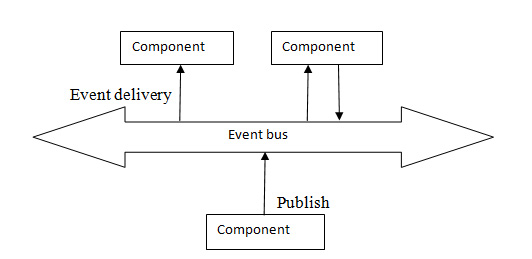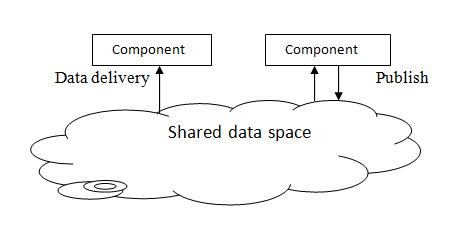Distributed Systems PPT | PDF | Presentation Download
Distributed Systems PPT | PDF | Presentation Download: There has been a great revolution in computer systems. In the initial days, computer systems were huge and also very expensive. Because of this reason few firms had less number of computers and those systems were operated independently as there was a lack of knowledge to connect them. The development in technology changed such situations and in these developments, the initial development was the advancement of microprocessors.
Also See: Cloud Computing Seminar and PPT with PDF Report
Distributed Systems PPT | PDF | Presentation Download
The next advancement was the invention of computer networks which had high speed like the local area networks. The output of these applied sciences made easy to connect many computers to a network which has high speed. These connected systems are called as distributed systems or canned computer networks.
Definition of a Distributed System: A distributed system is defined as a group of independent computers which looks to its users as a single system which is coherent.
The above-explained definition has many vital aspects and two vital aspects of them are as follows:
- The initial aspect is that the distributed system has components which are autonomous and here the components are nothing but the computer systems.
- The next aspect is that the users of it think that they are managing with a single system.
It means that in a way or other, the autonomous computers need to collaborate. The process of collaborating lies in the developing of distributed systems.
Goals of a Distributed System:
It is not that distributed systems are built just because people have the possibility of building it. Every distributed system has few goals which have to be achieved during its building process and few vital goals of a distributed system are as follows:
- Making Resources Accessible
- Distribution transparency
- Openness
- Scalability
- Pitfall
1. Making Resources Accessible: Few typical examples of resources are as below:
- Networks
- Web pages
- Files
- Data
- Storage facilities
- Computers
- Printers
2. Transparency: The concept of transparency is applicable to many aspects of a distributed system and the vital types of transparencies are as follows:
- Failure
- Concurrency
- Access
- Location
- Migration
- Replication
- Relocation
3. Openness: The aim of openness has the following activity:
- Separating policy from mechanism
4. Scalability: The scalability includes the below activities:
- Scalability problems
- Scaling techniques
5. Pitfalls: The pitfalls explain about the mistakes which are made during the advancement of distributed system for the foremost time. These mistakes are formulated as false assumptions and they are as follows:
- It has the reliable network.
- The network is fully secured.
- The network is homogeneous.
- It has the zero latency.
- Only one administrator is present.
- The cost of transport is zero.
- It has infinite bandwidth.
- The topology does not change.
Types of Distributed Systems:
The distinct types of distributed systems are as follows:
- Distributed computing system
- Distributed information systems
- Distributed pervasive systems
Distributed computing systems: The distributed computing systems include the following:
- Cluster computing systems
- Grid computing systems
2. Distributed informative systems: In the distributed systems, the following forms are concentrated:
- Transaction processing systems
- Enterprise application integration
3. Distributed pervasive systems: Few examples of distributed pervasive systems are as below:
- Home systems
- Electronic health care systems
- Sensor networks
Architectural styles:
The vital architectural styles of distributed systems are as follows:
- Layered architecture
- Object-based architecture
- Event-based architecture
- Data-centered architecture
Also See: DNA Computing Seminar and PPT with PDF Report
The diagrammatic representation of a layered architecture if as below:

Fig: Layered Architectural Style
The below diagram explains about the object-based architectural style:

Fig2: Object-based Architectural Style
The diagrammatic representation of event-based architecture is as below:

Fig3: Event-based Architecture
The diagrammatic representation of shared data based architecture is as follows:

Fig4: Shared Data based Architecture
What are the advantages of distributed systems?
Have a look at the benefits of distributed systems below:
- The nodes are connected to each other in the distributed system that makes sure data can be shared easily with other nodes.
- Resources such as a printer shared with a variety of nodes.
- The nodes can result to failure in the complete distributed system.
Content of the PPT and PDF for Distributed Systems
- What is a Distributed Systems
- Types of Distributed Systems
- Examples of Distributed Systems
- Common Characteristics
- Basic Design Issues
- Advantages
- Disadvantages
- Conclusion
- References
Here we are giving you Distributed Systems PPT with PDF. All you need to do is just click on the download link and get it.
Distributed Systems PPT Free Download
Distributed Systems PDF Free Download
It was all about Distributed Systems PPT with PDF. If you liked it then please share it or if you want to ask anything then please hit comment button.


Leave a Reply